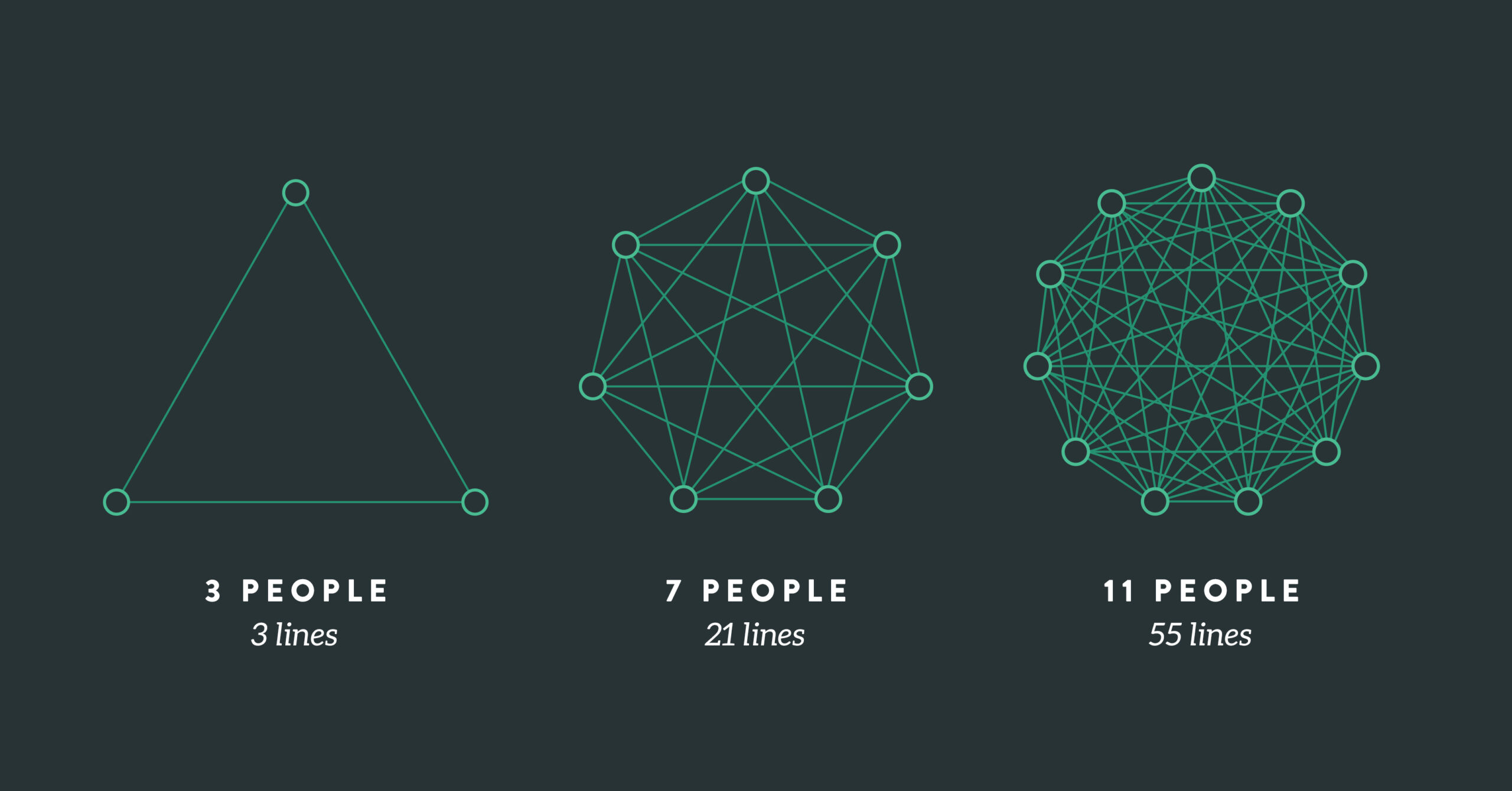I’ve just been updating a reading list for a leadership development programme I direct and given my particular interest in leading teams, I came across a new piece of research on the importance of inclusive leadership strategies in a hybrid working environment.
As a model of leadership, Inclusive Leadership is nothing new, it’s certainly not a post-pandemic response; but the challenges we now face arising from hybrid-working bring Inclusive Leadership into sharp focus. This paper discusses these challenges and gives us some very practical recommendations for, as the authors put it, “inclusive leaders to nurture their team members’ sense of belonging and uniqueness.”
I thought I’d share the challenges and recommendations proposed by Maria Hincapie and Patricia Costa and if any of you want to access the full paper, I’ve provided the full reference at the end of this blog.
Shore et al (2011) proposed a model of inclusive leadership where individual team members are treated as insiders but also encouraged to retain their uniqueness within the group. This model promotes both Belongingness and Uniqueness; and it’s this framework that Hincapie & Costa (2024) utilise to categorise what they see as the challenges and their recommendations (Table 1. Below).
Table 1.
Summary of Hincapie & Costa’s Challenges & Recommendations
BELONGINGNESS | UNIQUENESS | |
EMPOWER | Challenge #1: Subgroups and fault lines emergence. Recommendation #1: Foster a sense of shared purpose and identity regardless of the time and place to work and celebrate team diversity. | Challenge #2: Communication misunderstanding, trust development, and conflict resolution. Recommendation #2: Create team spaces to understand cultural differences in communications and working preferences and establish explicit norms. |
MOTIVATE | Challenge #3: Social loafing and free-riders emergence. Recommendation #3: Make each member’s tasks and job expectations clear and monitor the progress without micromanaging. | Challenge #4: Unequal opportunities for growth and development. Recommendation #4: Implement a systematic and crystal-clear approach to talent management and remote onboarding. |
CARE | Challenge #5: Team member stress, social isolation, and burnout emergence. Recommendation #5: Promote team-member well-being and work-family balance. | Challenge #6: Aggravation proximity and negativity bias. Recommendation #6: Promote psychological safety and voice. |
There is a wealth of recent research out there now on how to lead in a hybrid environment, so it would seem to me that the first thing any organisation that is curious about how to optimise hybrid working should do is….do the desk research and find out what is out there.
References
Hincapie, M.X * Costa, P. (2024). Fostering hybrid team performance through inclusive leadership strategies. Organizational Dynamics. Vol. 53, No. 3.
Shore, L. M., Randel, A. E., Chung, B. G., Dean, M. A., Ehrhart, K. H., & Singh, G. (2011). Inclusion and diversity in work groups: A review and model for future research. Journal of Management, 37, 1262–1289.



